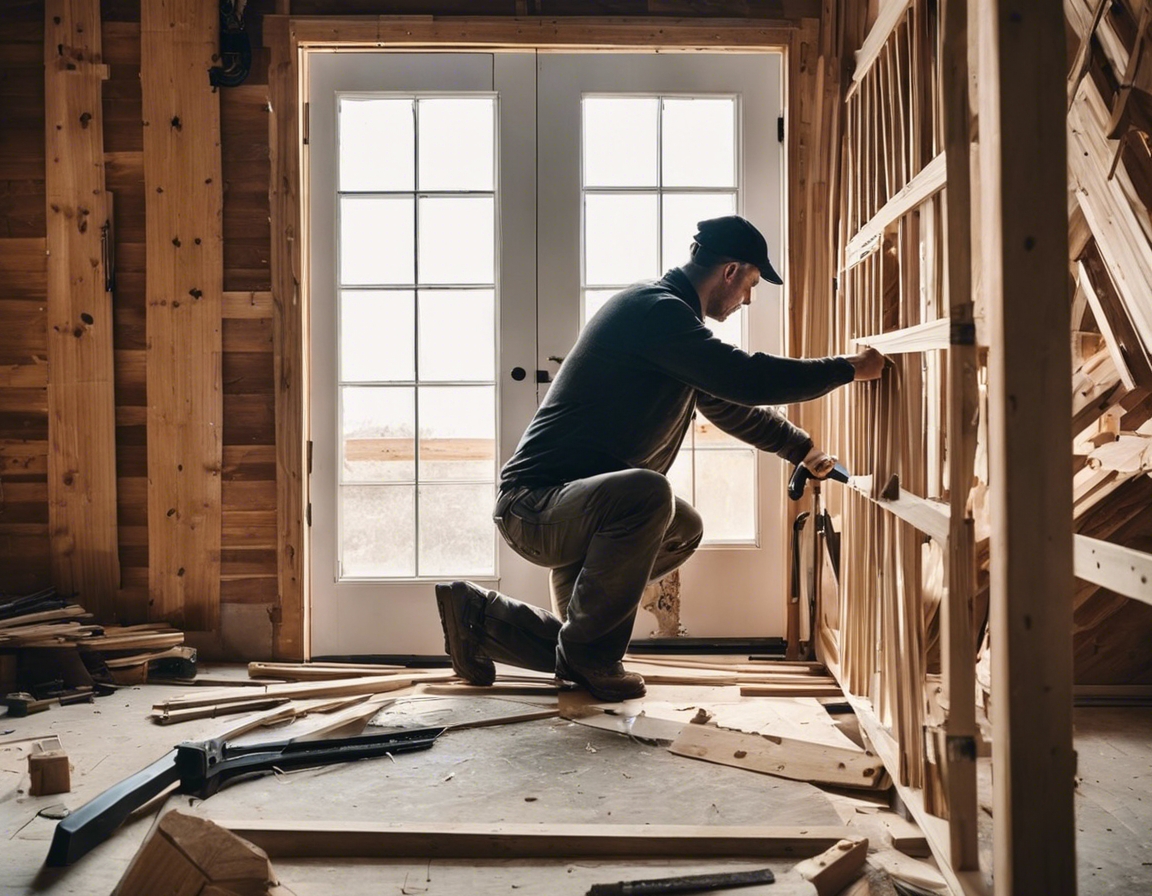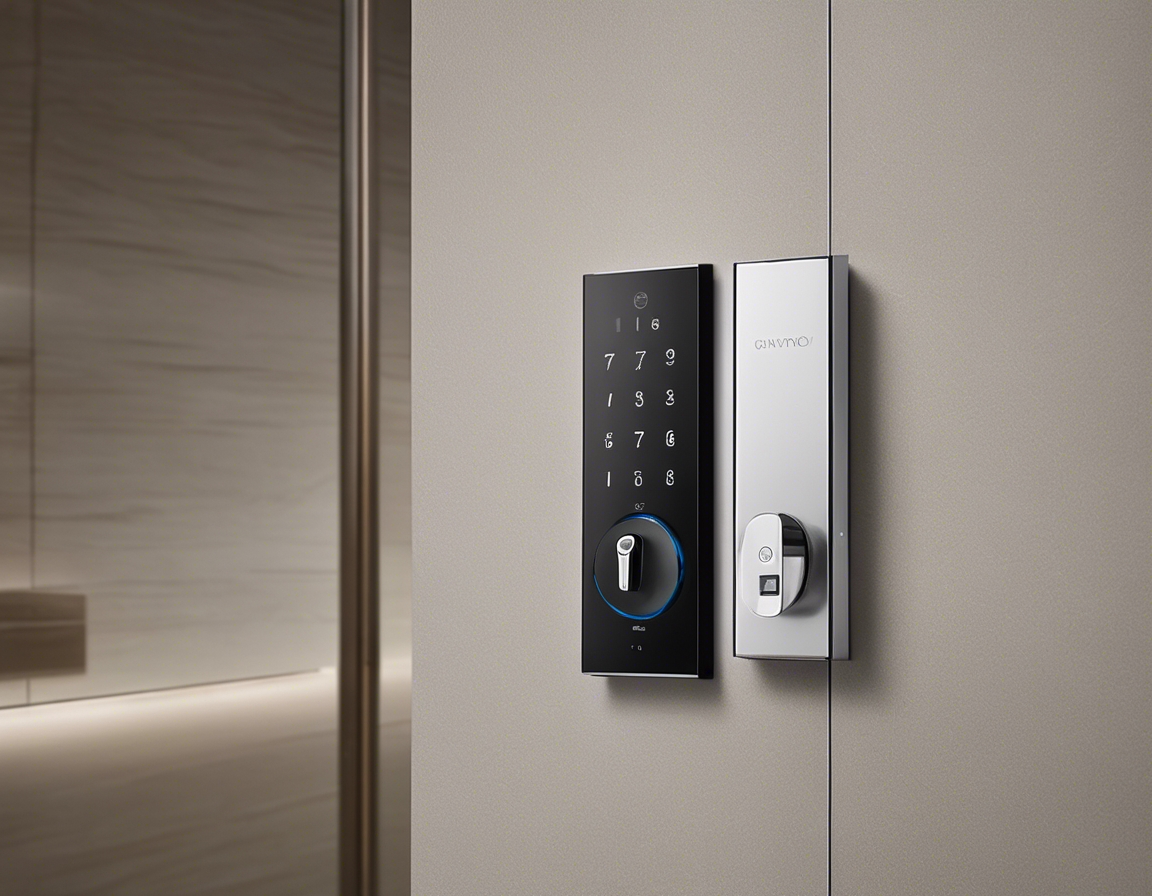The importance of fire doors in building safety
Fire doors are a critical component in the safety infrastructure of any building. They are designed to prevent the spread of fire and smoke, providing crucial time for occupants to evacuate safely and for emergency services to respond. In both residential and commercial settings, fire doors play an indispensable role in safeguarding lives and property.
2. Understanding Fire Doors
Fire doors are specialized doors that are constructed to withstand fire and heat for a specified period, typically ranging from 30 to 120 minutes. They are made from materials such as steel, gypsum, and timber, and are equipped with fire-resistant seals and hardware.
Fire doors function by compartmentalizing a building into sections, thereby containing the fire to a specific area. This containment prevents the fire from spreading rapidly, allowing occupants more time to evacuate and reducing the risk of extensive damage to the building.
3. The Role of Fire Doors in Building Safety
One of the primary functions of fire doors is to contain fire and smoke within a designated area. This containment is crucial in preventing the fire from spreading to other parts of the building, thereby minimizing damage and potential loss of life.
Fire doors are strategically placed to facilitate safe evacuation routes. By containing the fire, these doors ensure that escape routes remain clear and accessible, allowing occupants to exit the building quickly and safely.
In addition to protecting lives, fire doors also play a significant role in safeguarding property. By limiting the spread of fire, they help to preserve the structural integrity of the building and protect valuable assets within.
4. Legal Requirements and Standards
Fire doors must comply with specific building regulations and standards to ensure their effectiveness. These regulations dictate the materials, construction, and installation of fire doors, ensuring they meet the necessary safety criteria.
It is essential for fire doors to be certified by recognized authorities to guarantee their performance in the event of a fire. Compliance with these standards is not only a legal requirement but also a critical aspect of building safety.
5. Choosing the Right Fire Doors
When selecting fire doors, it is important to consider the materials and design that best suit the building's needs. Factors such as fire rating, door size, and aesthetic preferences should be taken into account to ensure optimal performance and integration with the building's design.
Proper installation and regular maintenance are crucial for the effectiveness of fire doors. Professional installation ensures that the doors function correctly, while routine maintenance checks help to identify and address any potential issues before they compromise safety.
6. Aesthetic and Functional Benefits
Modern fire doors offer a wide range of design options, allowing them to blend seamlessly with the building's aesthetic. From traditional to contemporary styles, fire doors can be customized to meet both safety and design requirements.
Fire doors can be integrated with smart home systems, enhancing their functionality and providing additional safety features. Smart fire doors can be monitored and controlled remotely, offering peace of mind and added security for homeowners and businesses alike.






Comments (0)